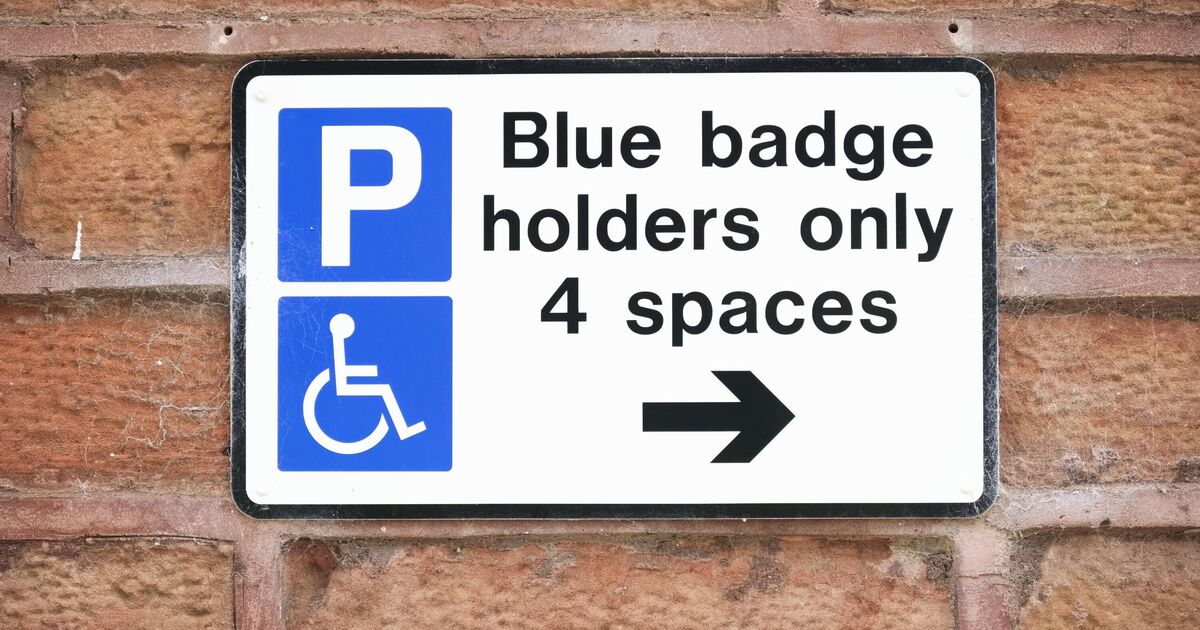Drivers have been given a full list of who qualifies for a Blue Badge following the Government’s announcement that the welfare system reform will make it more difficult to claim Personal Independence Payment (PIP).
As Liz Kendall, the Work and Pensions Secretary (DWP), warns that more than 1,000 new PIP awards are being issued every day, the Labour Government have made the controversial decision to reform disability benefits.
Shortly after the announcement, Vikki Slade, Liberal Democrat MP for Mid Dorset and North Poole, questioned whether the reforms would have an impact on Blue Badges, warning that the move could result in mental health issues.
She asked: “The Secretary of State has confirmed that there will be changes to reassessments by DWP, but will that also apply across other Departments, including the Department for Transport, for matters including bus passes and Blue Badges? Those reassessments cause huge mental health issues.”
Ms Kendall acknowledged the importance of the point raised, but did not confirm whether it would be more difficult for drivers to apply for the badge, which plays a key role in helping those with limited mobility stay on the road.
A Blue Badge is used to give residents with a disability a number of benefits that can help them to stay mobile.
In particular, Blue Badge holders are able to use all forms of disabled parking spaces, which are generally much wider and closer to the car park’s main destination, typically preventing the risk of someone with limited mobility from having to cross a busy space full of moving vehicles.
However, the badge also entitles holders to park on single or double yellow lines for up to three hours, so long as a loading ban is not enforced, and may also allow drivers to receive a road tax exemption and toll concessions.
Under current measures, one of the main ways in which drivers can qualify for a Blue Badge is by receiving a PIP, with the Government’s requirements stating that holders cannot walk for more than 50 metres or receive the mobility component and have obtained 10 points in the ‘planning and following journeys’ activity – finding it overwhelming or distressing to undertake any journey.
It is currently unclear whether this rule will be updated within the PIP reforms, which are due to take place in November 2026. Nevertheless, there are a number of other ways in which drivers can qualify for a Blue Badge.
Motorists or other vehicle occupants automatically qualify for the badge if they are more than three years old and receive the higher rate of the mobility component of the Disability Living Allowance (DLA), are registered blind, or receive a War Pensioners’ Mobility Supplement.
Those who have received a lump sum benefit within tariff levels one to eight of the Armed Forces and Reserve Forces (Compensation Scheme) and have a permanent and substantial disability that causes considerable difficulty in walking also automatically qualify.
Drivers could also claim for a Blue Badge if they are unable to walk or require help from another person or a mobility aid; find walking painful, particularly tiring, or dangerous; have a life-limiting illness that makes walking difficult; or a severe disability in both arms that does not prevent driving.
The Government also currently allows motorists to claim if they struggle severely to plan or follow a journey; are a significant risk to themselves or others around vehicles or traffic; find it difficult to control their actions; or feel anxious or fearful when using public spaces.












